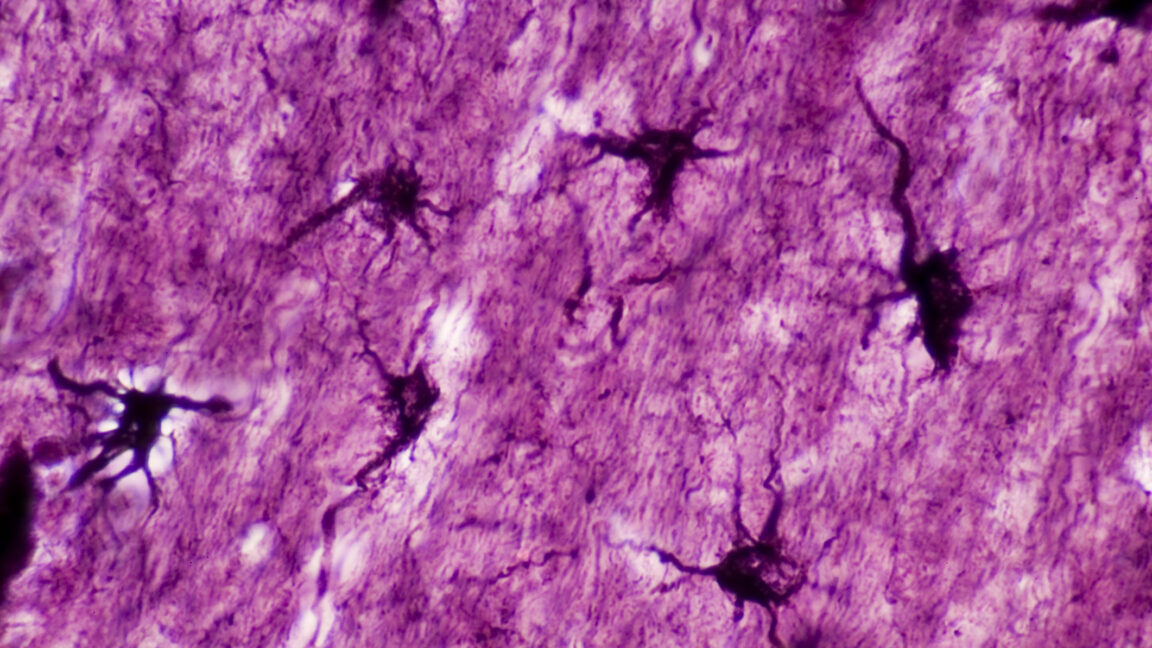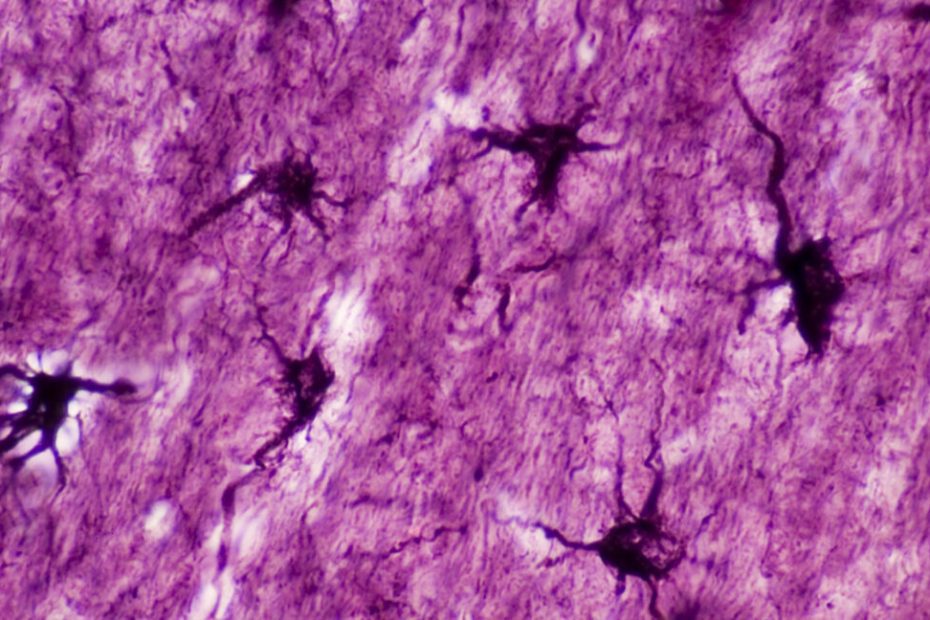
“In simple terms, we're using genetic tools that allow us to inject mice with a drug that artificially causes astrocytes to express another gene or protein of interest when they become active,” says Wookbong Kwon, a biotechnologist at Baylor College and co-author. author of the study.
Those proteins of interest were mainly fluorescent proteins that cause cells to fluoresce bright red. In this way, the team was able to discover the astrocytes in mouse brains that became active during learning scenarios. Once the tagging system was installed, Williamson and his colleagues gave their mice a bit of a scare.
“It's called fear conditioning, and it's a very simple idea. You take a mouse and put it in a new box, a box you've never seen before. As the mouse explores this new box, we apply a series of electric shocks through the floor,” explains Williamson. A mouse treated in this way remembers this as an unpleasant experience and associates it with contextual cues such as the appearance of the box, the smells and sounds present, and so on.
The tagging system illuminated all astrocytes expressing the c-Fos gene in response to fear conditioning. Williamson's team concluded that this is where memory is stored in the mouse brain. Knowing that, they could move on to the next question, which was whether and how astrocytes and engram neurons interacted during this process.
Modulatory engram neurons
“Astrocytes are very bushy,” says Williamson. They have a complex morphology with many micro- or nano-scale processes that infiltrate the area around them. A single astrocyte can contact roughly 100,000 synapses, and not all of them will be involved in learning events. So the team looked for correlations between astrocytes that were activated during memory formation and the neurons that were tagged at the same time.

